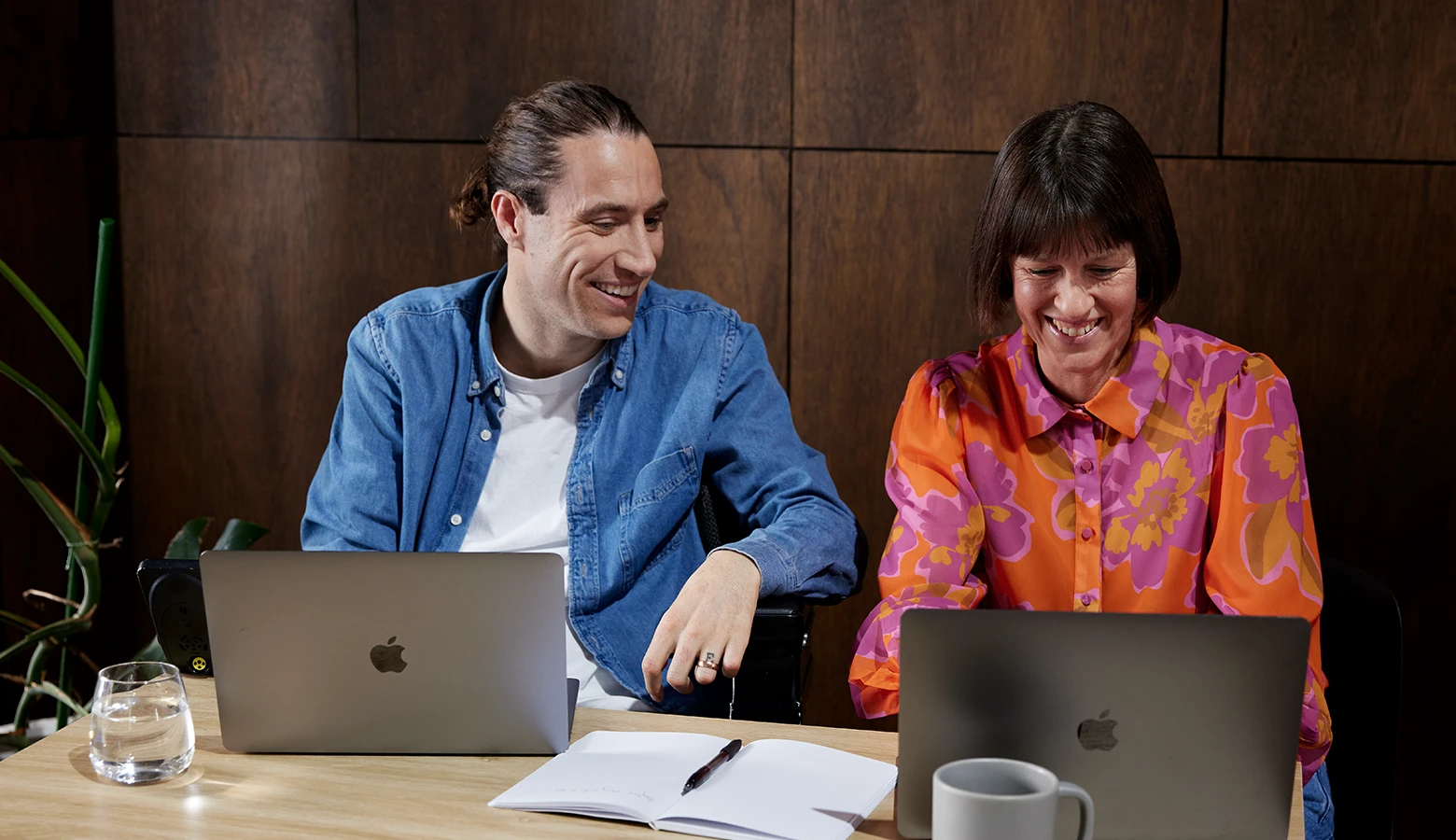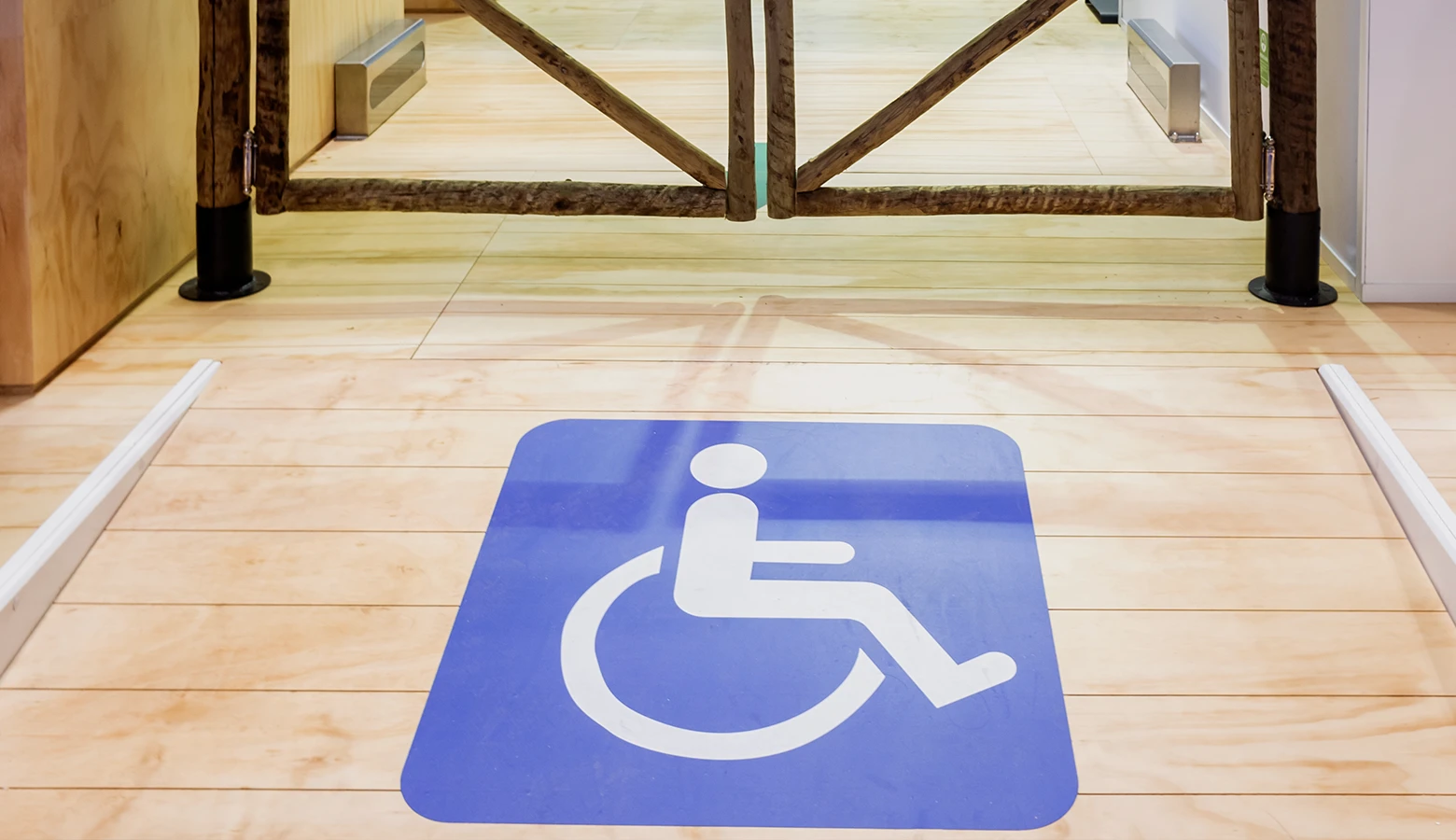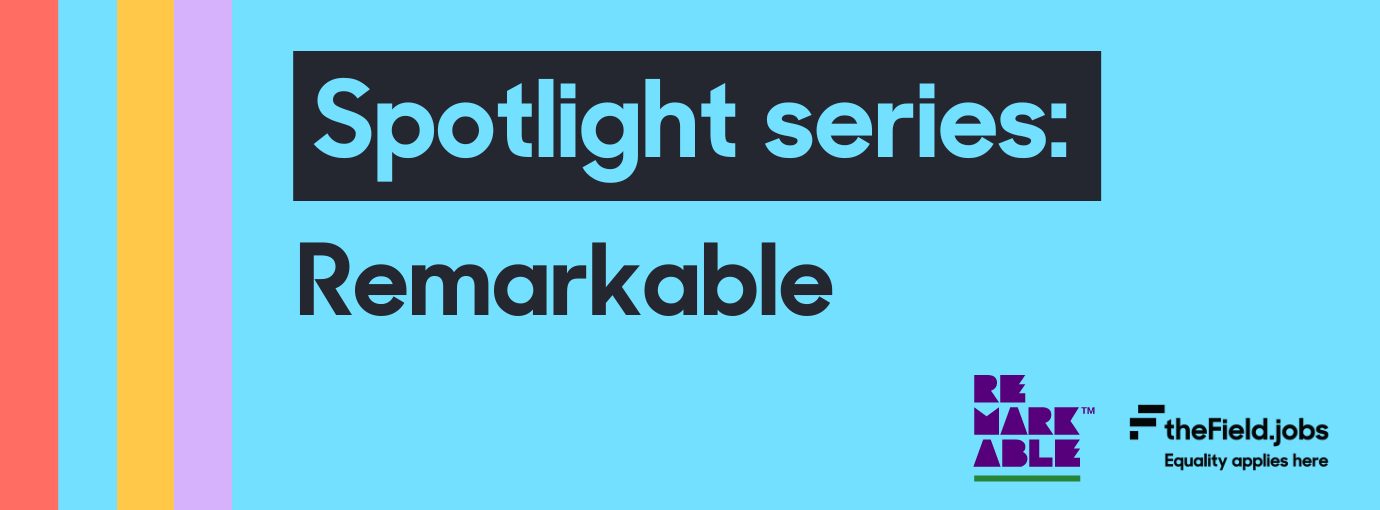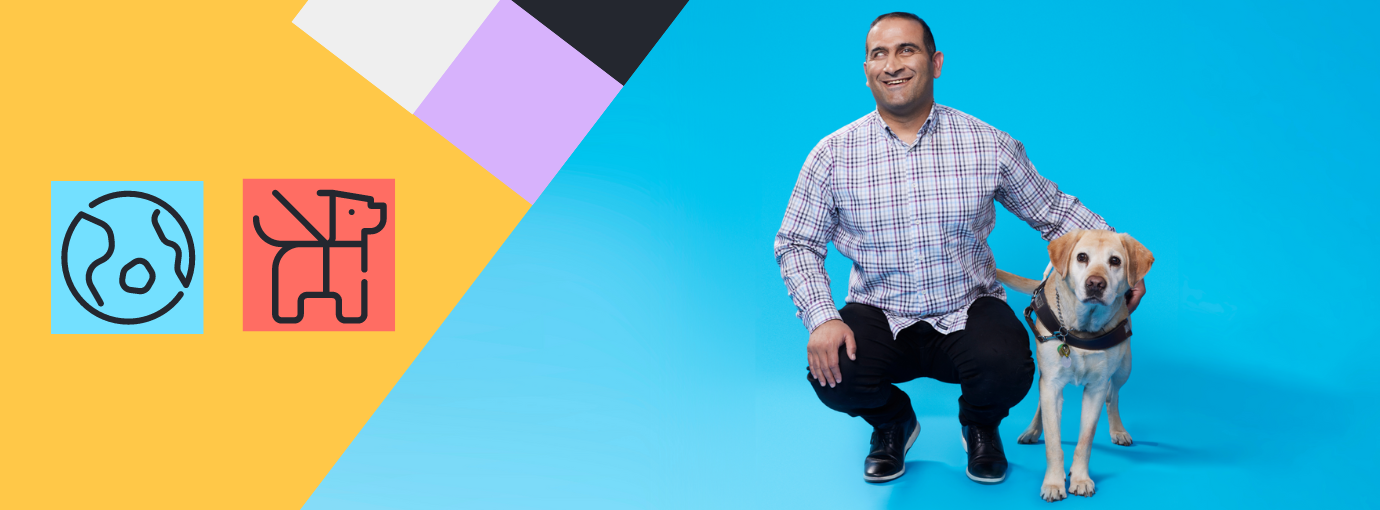So, your company has made the decision to hire a diverse team, congratulations! With diverse teams leading to higher productivity and innovation as well as helping to lower the disability unemployment rate, you’ve made a decision that will not only benefit your company but individuals as well.
However, as you go deeper into the hiring process, you realise that your office isn’t as accessible as it could be. The good news is that this doesn’t have to stop you from hiring a diverse team. This blog article will take you a few steps to ensure that you can hire your dream team!

Think about what your definition of “accessibility” is
Accessibility is typically defined as “the quality of being able to be entered or used by everyone”. As an employer, you may be approaching accessibility through more of a physical lens, rather than accessibility for all people with disability.
For example, a set of stairs is definitely not accessible for a person who uses a manual wheelchair. However, for someone with non-visible disability such as neurodiversities, deaf or hard of hearing or intellectual disability, this building structure doesn’t have an inaccessible barrier. Similarly, an environment that is loud and busy may not be accessible for someone who is neurodiverse, but for other people with disability, this may be accessible.
A great way to see whether your office is accessible is to ask yourself the following questions:
- Can someone with mobility issues access/move around the environment?
- Can someone who has sensory challenges operate in the environment?
- Can someone who is deaf or hard of hearing operate in the environment?
- Can someone with vision impairments operate in the environment?
Still not sure whether your office is accessible? Consider undertaking an accessibility audit by companies like Get Skilled Access.

Flexible working conditions
Just because your workplace isn’t accessible doesn’t mean that you have to completely rule out hiring a diverse team. It may be as simple as being flexible in the way the work is conducted to achieve the same outcome.
When hiring, if your office isn’t accessible for whatever reason, this may include holding interviews in a different location such as a coffee shop or a private coworking space room. There may also be the option to hold the interview over Zoom.
When it comes to the work itself, explore whether there is the option for this work to be conducted remotely and/or with flexible hours. If there is, this may remove some of the accessibility barriers that your physical office/workplace face.

Transparent communication
As previously mentioned, accessibility looks different for people with disability. What is accessible for one person might not be for another. To ensure that you’re not missing out on potential candidates, be transparent with your communication.
In a job ad, this may mean including the access features that your company does have. This will enable the person with disability to make the decision for themselves on whether your office is accessible for them, rather than you just assuming.
During the hiring process, you may ask candidates what their accessible needs are and discuss as a company how you can incorporate this into your office.

Adding accessibility features
Even if your office isn’t accessible now, that doesn’t mean that it can’t be in the future.
Small accessible changes such as height adjustable desks or text to speech programs all ensure that your company is taking the steps to be more accessible. These changes also don’t have to be expensive or take a long time to complete.
For larger accessibility changes, government funding such as the Employment Assistance Fund (EAF) is also available.
If you’re ready to gain the benefits of having a diverse team, then head to the Field to start hiring!




